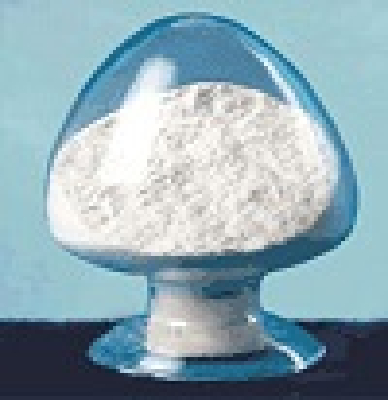| D(+)-Tryptophan Basic information | | | D(+)-Tryptophan Chemical Properties | | mp | 282-285 °C (dec.)(lit.)
| | alpha | 31.5 º (c=1, H2O 24 ºC) | | refractive index | 31 ° (C=1, H2O) | | storage temp. | Store at RT. | | Water Solubility | 11 g/L (20 ºC) | | BRN | 86198 | | Stability: | Stable. Incompatible with oxidizing agents. | | CAS DataBase Reference | 153-94-6(CAS DataBase Reference) | | EPA Substance Registry System | D-Tryptophan(153-94-6) | | | D(+)-Tryptophan Usage And Synthesis | | Chemical Properties | white powder | | Usage | An essential amino acid found in naturally produced pedtides. Unlike its stereoisomer, L-tryptophan, it is not used in structural or enzyme proteins. | | Usage | An essential amino acid found in naturally produced peptides. Unlike its stereoisomer, L-tryptophan, it is not used in structural or enzyme proteins. | | General Description | White solid. | | Air & Water Reactions | Slightly soluble in water. | | Reactivity Profile | Amines are chemical bases. They neutralize acids to form salts plus water. These acid-base reactions are exothermic. The amount of heat that is evolved per mole of amine in a neutralization is largely independent of the strength of the amine as a base. Amines may be incompatible with isocyanates, halogenated organics, peroxides, phenols (acidic), epoxides, anhydrides, and acid halides. Flammable gaseous hydrogen is generated by amines in combination with strong reducing agents, such as hydrides. | | Fire Hazard | Flash point data are not available for D(+)-Tryptophan, but D(+)-Tryptophan is probably combustible. | | | D(+)-Tryptophan Preparation Products And Raw materials | |







